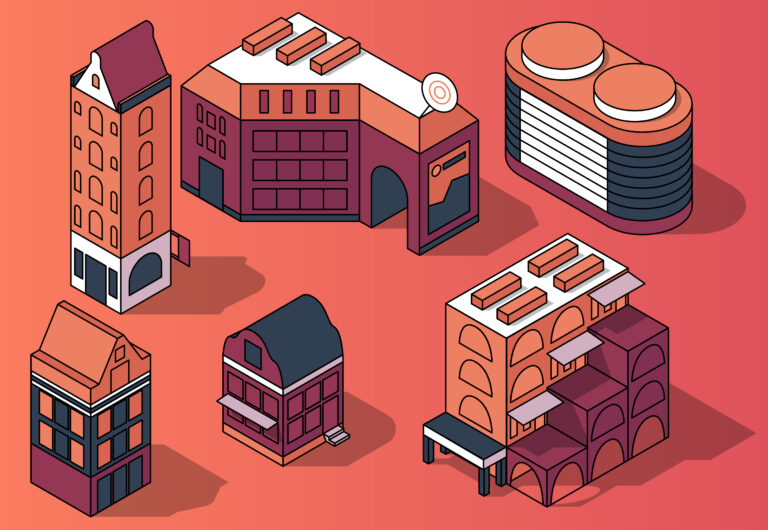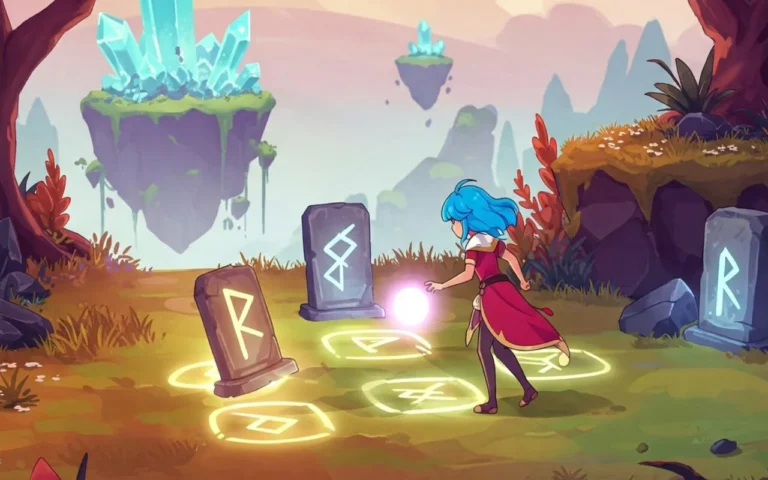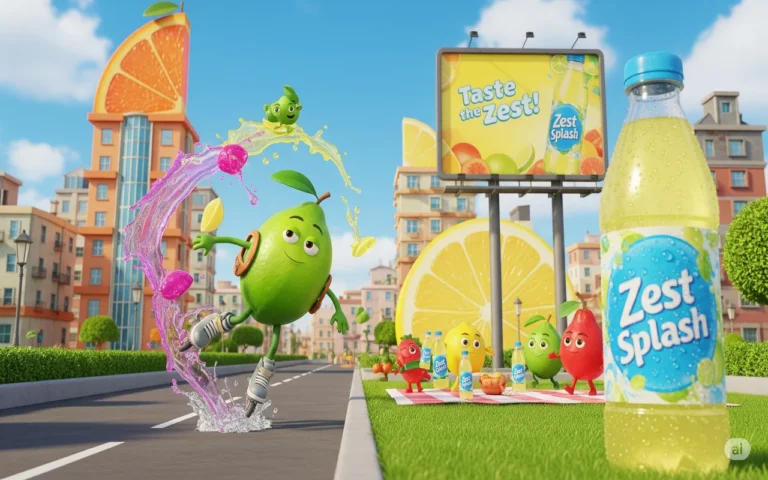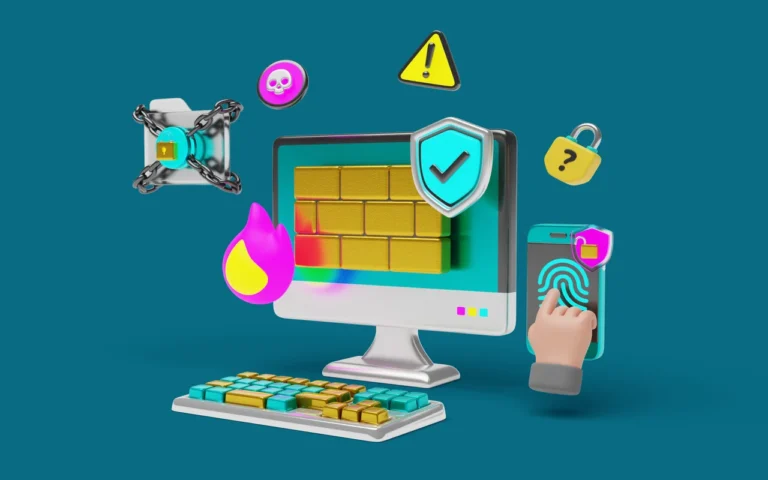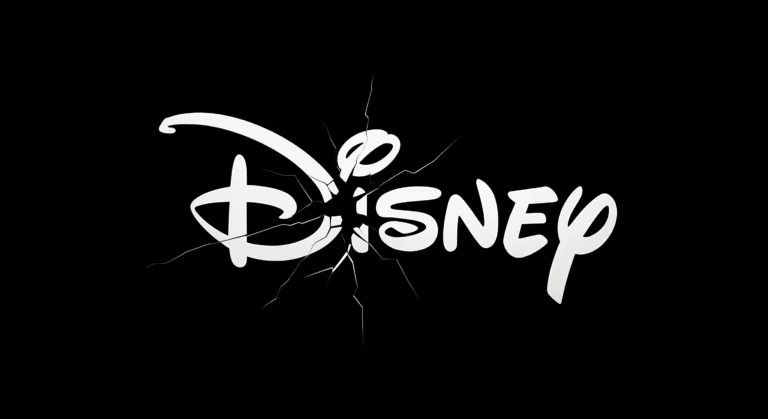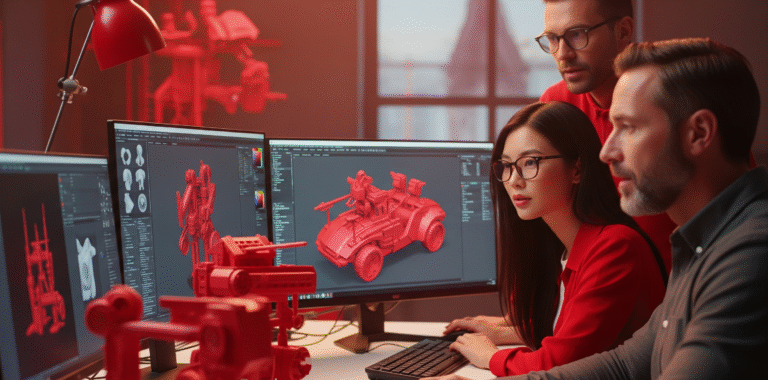We can define illustration as a powerful visual art form that uses pictures and drawings to make ideas clear, tell stories, and add beauty. It is a fundamental way humans have communicated for centuries, evolving from ancient tools to modern digital techniques.
With the advent of computers and various software, drawing by hand is no longer the only possible way of illustration.
However, what has not changed since ancient times is that illustration is still a solid way of communicating ideas.
In this article, we will explore various types of illustration, applications in different industries, the tools used, and the available career paths!


Need Game Art Services?
Visit our Game Art Service page to see how we can help bring your ideas to life!
Definition of Illustration Art
Illustration is more than just a decorative picture; it is a distinct discipline that bridges the gap between “art for art’s sake” (fine art) and “art for purpose” (commercial or decorative art).
While fine art is typically created purely for aesthetics without practical value, illustration can clarify or attract, serving as a practical tool for communication.
Drawing is the basis of all visual arts and is essentially a technique for depicting images on a surface through lines and marks. Illustration, therefore, leverages these foundational artistic techniques to create purposeful images designed to complement or clarify text, ideas, or concepts.
Historically, illustration has served as an ancient human tool for communication, predating written language.
From early cave paintings to manuscripts, humans have consistently relied on visuals to convey stories and information. This enduring role highlights illustration as a powerful visualization tool in humanity’s communication.
In modern times, illustration has undergone a significant evolution with the advent of digital tools. While traditional methods involved ink, pens, pencils, and paper, contemporary illustrators now extensively use computers, drawing tablets like Wacom, and software such as Adobe Photoshop and Adobe Illustrator.
Digital Illustration vs. Traditional Illustration
At their core, digital illustration and traditional illustration are the same. The only difference is the tools used. Digital illustration services refers to using computers and drawing tablets for illustration. As we all know, traditionally, illustration was done using ink, pens, pencils and papers. Nowadays with the advent of computers and graphics software, artists draw using graphics tablets and use various software to paint the drawings. Wacom tablets are one of the most popular drawing devices used by artists and Adobe Photoshop and Adobe Illustrator are among the most commonly used software for painting and manipulating digital drawings.
Different Types of Illustration Used in Various Industries
The world of illustration is vast and varied, characterized by its remarkable adaptability across different media and industries.
The primary distinction often lies in the tools and processes used. From print media to moving pictures and video games, all benefit from illustration services!
Visual Storytelling
Visual storytelling is probably the most popular form of illustration. Comics, Manga, and book illustrations are all artistic drawings that are considered illustrations.
We are inherently drawn to illustrated stories because they take us to imaginative lands. Transmedia illustration as a form of storytelling isn’t limited to publishing companies; various games and educational apps also heavily use illustrations for storytelling and visualization.
Publishers employ illustrators to help bring their stories to life. Working as an illustrator for publishing and media companies is an exciting career if you are a creative person with drawing talent.
What could provide you with more job satisfaction than taking people on exotic, imaginative journeys?
Concept Arts and Storyboards
Animation, movies, and games are some areas of the entertainment industry where illustrations are heavily relied on. Producing animation and even movies usually starts with concept art and storyboards.
- Concept art is an illustration that helps convey an idea. Imagine a character is needed for a creative project. Illustrators are the first ones who are tasked to create a visual representation of that character through communication with directors, writers and producers. That is what is known as concept art. It is based on that illustration that actors are chosen for films, or 3D and 2D characters are created for game and animation projects.
- Storyboards are a sequence of images, usually rough sketches, representing how a movie or animation will unfold. Illustrators draw scenes, characters and major environmental elements in a storyboard shot by shot.
These drawings will then be created using animation software or acted out by actors. It does not matter if it’s a live-action movie or a 2D or 3D animation; storyboards are an integral part of pre-production in the animation pipeline. - Character Design: A specialized form of concept art, character design visually defines a character’s physical appearance, personality, behavior, and aesthetic for film and games. It brings concepts to life through a blend of art, psychology, and storytelling, with key components including silhouette, color palette, and exaggeration to convey specific traits.
Game Art
Another form of illustration that is used extensively is in game art services.
- Mobile games, whether action platformers, trivia, or casual games, rely on illustrations for their art.
- User interfaces incorporate illustrations for characters, props, and shop items.
- In many games, stories are narrated through illustrations displayed within pop-up boxes.
- Even AAA games need many illustrations for item selections, loading pages, tutorials, and storytelling.
It is almost impossible to create high-quality game art without using illustrations.
Newspaper and Print Media
Illustrations have always been present in newspapers, magazines and every type of print media.
- Walt Disney, the animation industry pioneer, used to work as a commercial illustrator for a newspaper ad company prior to beginning his animation career.
- Editorial illustrations, infographics, and caricatures are used extensively in news outlets. Editorial illustrations help grab audience attention and add visual presentation to an article.
- Caricatures are another popular use of illustration in this industry. Their cartoony and humorous design can help reduce the severity of political narratives.
If you enjoy dark humor and sarcasm, and you have those magical drawing talents, working in this industry might grant you a fulfilling career.
Commercial and Advertisement
Illustration is also incorporated extensively in advertising campaigns. It is a form of highly sought-after commercial art that engages the audience and brings value to the advertiser.
Billboards, magazines, brochures, and even web and TV ads are among the many outlets where illustrations have found their way.
In addition to great drawing skills, a commercial illustrator needs proficiency with photo editing software like Photoshop as well.
Fashion Design Illustrations
Illustrations are an integral part of designing new apparel.
Fashion designers rely heavily on illustrations to visualize how their designs will look before producing them.
Fashion illustrators should have a strong command of the human physique and understand the intricacies of various fabric materials and how they appear in different poses. These illustrations are essential to showcase design ideas for acquiring approvals from clients or manufacturing companies.
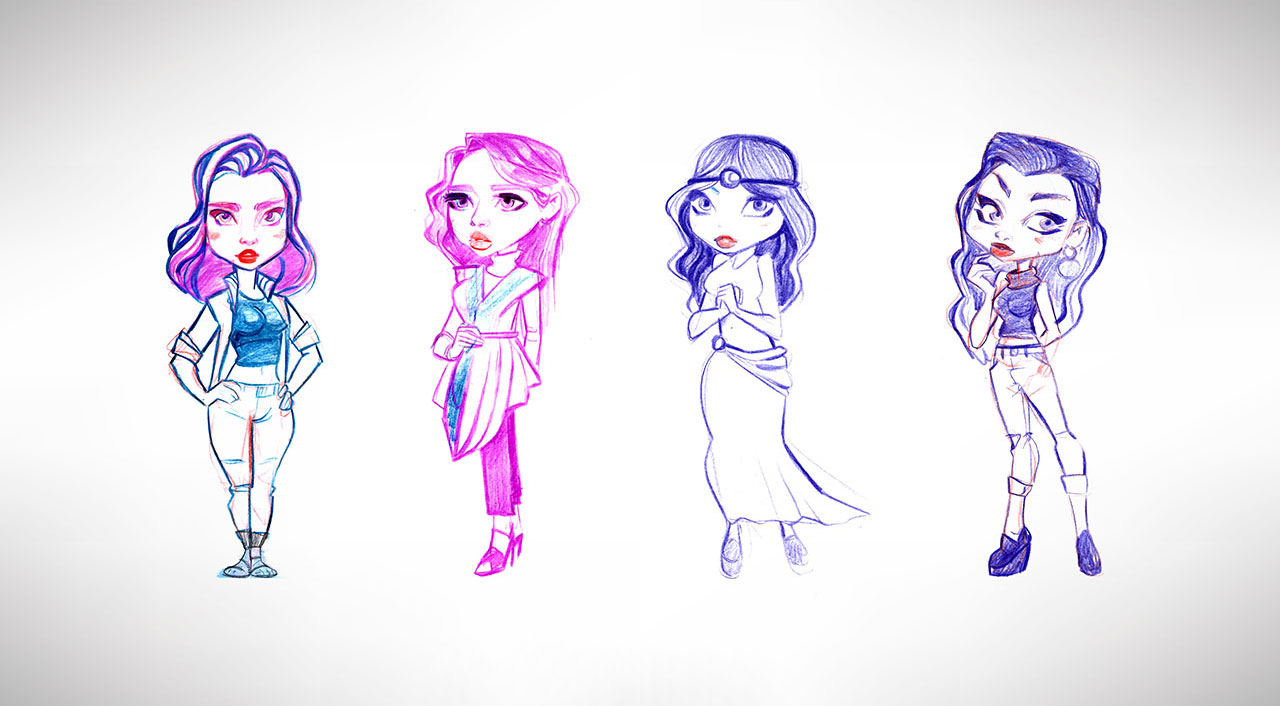
Scientific Illustrations
Visualizing phenomena related to science is an impossible task without illustrations.
Micro-scale organisms, chemical reactions, physical forces, and many other forms of scientific processes are depicted using detailed illustrations. A scientific illustrator should have a good grasp of foundational sciences to be able to produce accurate results.
This type of illustration is not always done using drawings. Computer-generated imagery also plays an important role in creating scientific illustrations.
Technical Illustrations
Visualizing technical processes, such as mechanical workflows, requires detailed illustrations that depict the inner workings of various components embedded inside each other. These illustrations are required for scientific and technical journals. Thus, technical illustrators use various design software to draw illustrations of these highly complex processes.
Technical illustrations are usually rendered using CAD software, SolidWorks, MATLAB, or even Blender. Using an efficient, cost-effective rendering service might help you with this type, since these illustrations are more expensive to produce compared to hand-drawn illustrations.
Why Illustration Matters!
Illustration matters for various crucial reasons, due to its impact on more effective and engaging communication:
- Simplifies Complex Ideas: Breaks down intricate information into easily digestible visuals, improving understanding where text might be overwhelming.
- Boosts Engagement & Memorability: Captures attention, makes content more appealing, and significantly enhances recall compared to text-only information.
- Builds Brand Identity & Connection: Creates a unique brand personality, fosters recognition, and evokes emotional responses, helping brands stand out.
- Conveys Emotion & Abstract Concepts: Uses visual language (color, shape, composition, symbolism) to express feelings, moods, and intangible ideas that are difficult to articulate with words alone.
- Enhances Storytelling: Brings narratives to life, making content more relatable, immersive, and impactful across various media.
- Improves Accessibility: Makes content more approachable and understandable for diverse audiences, including those with different learning styles or language barriers.
- Guides User Experience: Directs user attention, clarifies functionality, and improves navigation in digital interfaces.
How to Become a Professional Illustrator?
Assuming you have a passion for drawing and you think you are good at it, there are a few steps you need to take to get into the field professionally.
We recommend finding a niche you enjoy drawing and starting to create a portfolio of illustrations in it. Getting out of your comfort zone and posting your illustrations on social media is a great way of getting recognition.
A useful strategy for getting recognition on social media is to draw illustrations for the trending stories on the internet. That way, social media algorithms help get your illustrations into the feeds of people who are interested in those trends.
And last but not least, do not wait for the perfect time to apply for illustration jobs.
Final Words
We understand ideas better when they are depicted in pictures, which is how our brains perceive the world around us using our visual cortex. Illustration is a powerful tool to convey ideas, information, and even feelings.
A good illustrator grasps concepts, processes them, and masterfully converts them into images that all of us enjoy staring at.
There are many types and styles of illustration, and almost any industry can benefit from their unique power.
Times have changed, while the majority of illustrations today are still drawn by hand with various digital devices, some types of illustrations are not hand-drawn but are still considered illustrations.
While tools used to create illustrations have changed over time, the core idea behind illustration remains the same: to use pictures and colors to make something clear in a fun way!
